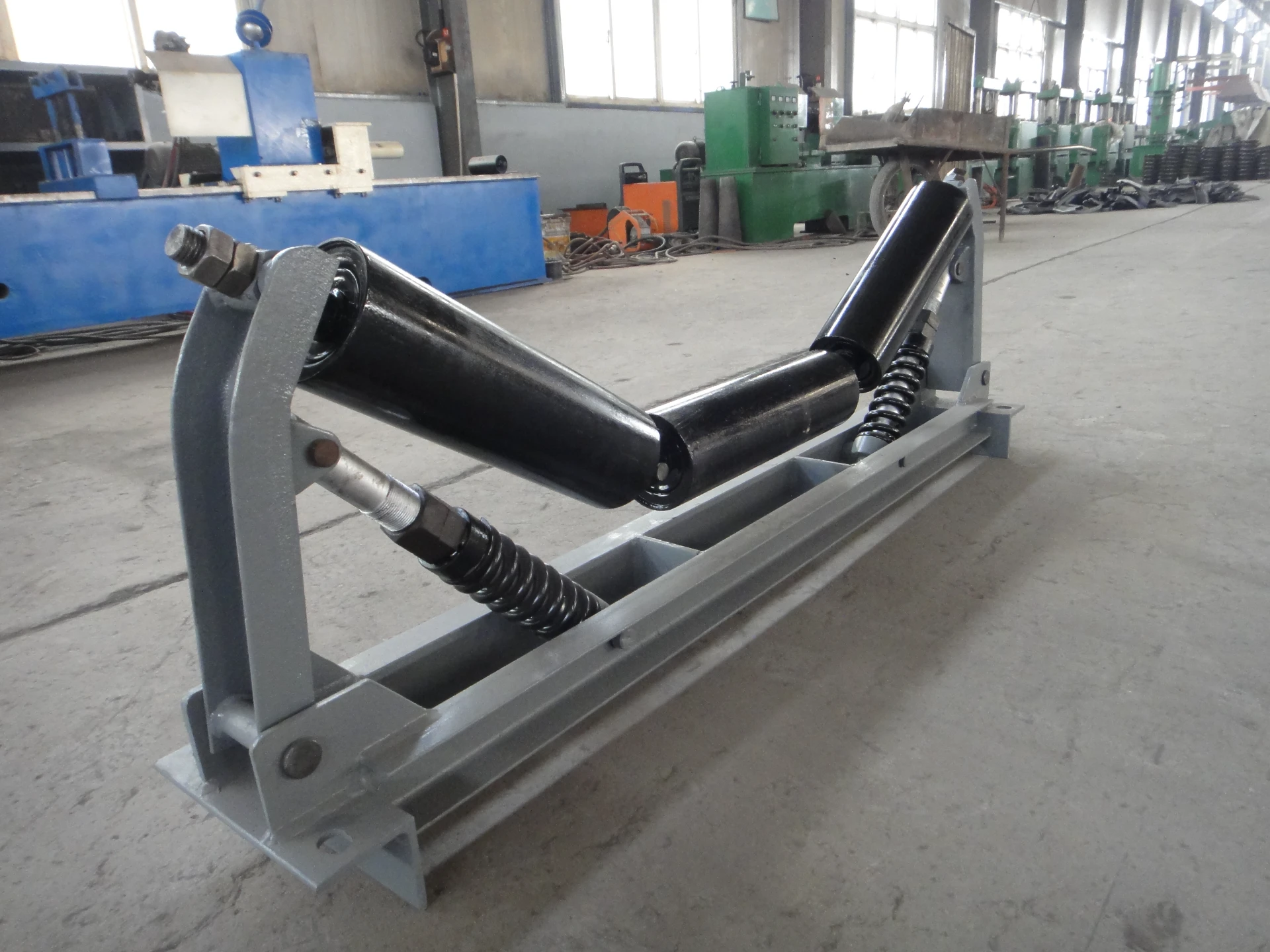 Afrikaans
Afrikaans  Albanian
Albanian  Amharic
Amharic  Arabic
Arabic  Armenian
Armenian  Azerbaijani
Azerbaijani  Basque
Basque  Belarusian
Belarusian  Bengali
Bengali  Bosnian
Bosnian  Bulgarian
Bulgarian  Catalan
Catalan  Cebuano
Cebuano  Corsican
Corsican  Croatian
Croatian  Czech
Czech  Danish
Danish  Dutch
Dutch  English
English  Esperanto
Esperanto  Estonian
Estonian  Finnish
Finnish  French
French  Frisian
Frisian  Galician
Galician  Georgian
Georgian  German
German  Greek
Greek  Gujarati
Gujarati  Haitian Creole
Haitian Creole  hausa
hausa  hawaiian
hawaiian  Hebrew
Hebrew  Hindi
Hindi  Miao
Miao  Hungarian
Hungarian  Icelandic
Icelandic  igbo
igbo  Indonesian
Indonesian  irish
irish  Italian
Italian  Japanese
Japanese  Javanese
Javanese  Kannada
Kannada  kazakh
kazakh  Khmer
Khmer  Rwandese
Rwandese  Korean
Korean  Kurdish
Kurdish  Kyrgyz
Kyrgyz  Lao
Lao  Latin
Latin  Latvian
Latvian  Lithuanian
Lithuanian  Luxembourgish
Luxembourgish  Macedonian
Macedonian  Malgashi
Malgashi  Malay
Malay  Malayalam
Malayalam  Maltese
Maltese  Maori
Maori  Marathi
Marathi  Mongolian
Mongolian  Myanmar
Myanmar  Nepali
Nepali  Norwegian
Norwegian  Norwegian
Norwegian  Occitan
Occitan  Pashto
Pashto  Persian
Persian  Polish
Polish  Portuguese
Portuguese  Punjabi
Punjabi  Romanian
Romanian  Russian
Russian  Samoan
Samoan  Scottish Gaelic
Scottish Gaelic  Serbian
Serbian  Sesotho
Sesotho  Shona
Shona  Sindhi
Sindhi  Sinhala
Sinhala  Slovak
Slovak  Slovenian
Slovenian  Somali
Somali  Spanish
Spanish  Sundanese
Sundanese  Swahili
Swahili  Swedish
Swedish  Tagalog
Tagalog  Tajik
Tajik  Tamil
Tamil  Tatar
Tatar  Telugu
Telugu  Thai
Thai  Turkish
Turkish  Turkmen
Turkmen  Ukrainian
Ukrainian  Urdu
Urdu  Uighur
Uighur  Uzbek
Uzbek  Vietnamese
Vietnamese  Welsh
Welsh  Bantu
Bantu  Yiddish
Yiddish  Yoruba
Yoruba  Zulu
Zulu types of conveyor pulley
Understanding the Different Types of Conveyor Pulleys
Conveyor pulleys are critical components of conveyor systems, playing a vital role in the handling and movement of materials across various industries. They serve as endpoints for conveying belts, helping in the control and transfer of materials efficiently and safely. Understanding the different types of conveyor pulleys can enhance the performance of conveyor systems, improve operational efficiency, and ensure longevity. In this article, we will delve into the various types of conveyor pulleys, their functions, and applications.
1. Drive Pulley
The drive pulley, often regarded as the main pulley in a conveyor system, is pivotal for driving the belt forward. It is usually located at the head or discharge end of the conveyor. Drive pulleys are equipped with a motor that transfers power to the belt, allowing for material movement. Typically, these pulleys are designed with high friction surfaces to effectively grip the belt, preventing slippage during operation. Depending on the application, drive pulleys can be either crowned or flat.
2. Idler Pulley
Idler pulleys, unlike drive pulleys, do not have any power transmission function. Instead, they support the conveyor belt and maintain its tension. These pulleys are essential for keeping the belt aligned and in proper position throughout its journey. Idler pulleys come in various configurations based on their placement return idlers (located in the return path of the belt), troughing idlers (used to form a trough for transporting bulk materials), and impact idlers (designed to absorb the shock of heavy materials falling onto the belt).
3. Tail Pulley
The tail pulley is located at the opposite end from the drive pulley, serving as a return point for the conveyor belt. It plays a crucial role in the return path, helping guide the belt back to the drive pulley. Tail pulleys can be equipped with a slight crown to ensure proper belt alignment and reduce wear on the belt’s edges. Additionally, they may be designed to assist with the removal of any collected debris or material that falls off during transport.
4. Snub Pulley
types of conveyor pulley

Snub pulleys are smaller pulleys that are strategically placed to increase the belt wrap around the drive pulley. This additional contact surface enhances the grip and traction between the belt and the drive pulley, minimizing slippage and improving overall efficiency. Snub pulleys are vital in scenarios where the drive pulley diameter is larger or when there's a need to facilitate the starting of the system under heavy loads.
5. Redirecting Pulley
Redirecting pulleys are also known as bend pulleys. They are used to change the direction of the conveyor belt, allowing it to navigate around corners or obstacles. These pulleys are critical in complex conveyor layouts as they facilitate the smooth movement of materials along various paths while ensuring belt integrity.
6. Wing Pulley
Wing pulleys are distinguishable by their unique design, featuring “wings” or protrusions that allow for efficient material discharge and belt cleaning. These pulleys reduce buildup of material on the pulley surface, which can cause slippage or wear. They are particularly beneficial in applications where bulk materials are conveyed, as they help maintain clean surfaces and ensure smooth belt operation.
7. Drum Pulley
Drum pulleys are cylindrical in shape and are typically used as drive pulleys. With a robust construction, they are designed to handle high load capacities. They can be equipped with rubber lagging to enhance grip with the conveyor belt, providing better friction for varied operational conditions.
Conclusion
In conclusion, the choice of conveyor pulley significantly impacts the efficacy of a conveyor system. Each type of pulley—drive, idler, tail, snub, redirecting, wing, and drum—serves specific functions that contribute to the overall performance of the system. By understanding these different types and their applications, industries can optimize their conveying processes, enhance material handling, and reduce operational downtime. Investing in the right pulleys is essential for achieving reliable and efficient material movement in any conveyor setup.
-
Revolutionizing Conveyor Reliability with Advanced Rubber Lagging PulleysNewsJul.22,2025
-
Powering Precision and Durability with Expert Manufacturers of Conveyor ComponentsNewsJul.22,2025
-
Optimizing Conveyor Systems with Advanced Conveyor AccessoriesNewsJul.22,2025
-
Maximize Conveyor Efficiency with Quality Conveyor Idler PulleysNewsJul.22,2025
-
Future-Proof Your Conveyor System with High-Performance Polyurethane RollerNewsJul.22,2025
-
Driving Efficiency Forward with Quality Idlers and RollersNewsJul.22,2025





























